The Tiger Who Came to Tea is a joyful theatre production that brings the magic of a classic childhood story to life on stage.
This Olivier-nominated adaptation of Judith Kerr’s beloved tale will delight children, and provide a good dose of nostalgia for adults.
A staple of London’s West End for over a decade, the touring production takes the tiger to new audiences.
The Tiger Who Came to Tea is brings childhood classic to life
A familiar book to generations of young readers; Sophie sits down to tea with her mummy, the doorbell rings and a huge tiger invites himself in.
Chaos ensues as he scoffs every morsel of food in the household, all the drinks, and even all the water in the tap.
The book was published in 1968, yet remains ageless, and the mid-century set captures the timelessness of Kerr’s illustrations.
As the curtain goes up, the show begins at breakfast time.
Young Tiger devotees will know this is a deviation from the book, but this is an adaptation.
After all, the book takes about five minutes to read before bedtime (quicker if it’s been a trying day) and this is a 55-minute production.
Children will delight in the slapstick and silliness
We meet Sophie (Tia Bunce), Mummy (Ellie Shove) and Daddy (Joseph Saunders) as a farcical slapstick scene ensues.
Silly Daddy (“who’s always late!”) gets a bit muddled up in his hurry to leave for work.
Set at a time when men wore hats, braces, overcoats and carried briefcases, there were trills of giggles from the young audience as Daddy tries to put his brogues in the toaster.
Yes, it’s daft, but your audience is predominantly pre-schoolers and they lapped-up Saunders’ buffoonery.
When daddy finally does get out of the door, it’s practically time for elevenses.
But not before Saunders takes on another two guises, reappearing as the mischievous milkman and the dottled postie. Both of whom brought roars of laughter.
One little boy behind us was laughing so hard, endlessly, we started laughing along with him too.
Show builds anticipation of the tiger’s grand arrival
Sophie and Mummy bring some audience participation with songs and actions.
Every word is perfectly annunciated and the mimes are very exaggerated in a way that makes you feel like you’re back at primary school storytime.
But it’s all in anticipation of the tiger arriving.
And when the doorbell goes again, the young audience knows exactly who is at the door.
Yet when the door opens he’s not there.
In pantomime fashion, the children loved shouting “it’s the tiger!”, who repeatedly popped his head around the door when Mummy and Sophie weren’t looking.
The dramatic irony of the scene, again, brought hilarity to the young fans.
Little ones will roar with laughter at tiger’s antics
When he finally appears, he is huge, and surprisingly realistic (if tigers walked on their hind legs).
There were a few intakes of breath as he silently padded across the stage – this tiger doesn’t talk – and gasps of glee as he deftly polished off all the food.
Now this is the part that will impress adults too – somehow magic trickery actually makes the food disappear.
And it’s a true joy seeing wide-eyed children pointing, aghast, as he loudly guzzles and gulps, swallowing plateful after plateful, ending with a large burp (which is obviously hilarious).
What child wouldn’t want to indulge in a messy feast with an oversized feline?
Shouting, snacks and seat swapping is perfectly acceptable during show
When Daddy arrived home to survey the chaos, the actors didn’t even manage to get a word out before a little boy cried out from the audience: “the tiger has eaten your supper!”
It was a quip which probably earned the biggest laugh of the show.
And this is part of the magic, the whole production is with children in mind.
Shouting, rustling and clambering over seats is the kind of toddler behaviour that would have parents sweating during an average theatre show.
But at the Tiger Who Came to Tea, it’s perfectly acceptable – nay encouraged – to shout back, to roar with laughter, demand snacks galore and jump out of your seat.
And that goes for the adults too.
The Tiger Who Came to Tea is a great introduction to magic of theatre
While the book doesn’t have tiger-robics, or silly songs about sausages, it is ultimately a surreal fantasy about having tea with a tiger.
The stage show captures enough of that charm in the scene where tiger devours the food to keep little ones engaged.
The casting is brilliant, and Saunders in particular stands out in his jolly performance carrying out his four roles (Daddy, milkman, postie and tiger) with gusto.
It’s a fantastic introduction to the magic of theatre for children.
The show is geared towards ages three and up, but younger fans will enjoy it too.
My four-year-old spent most of the show in stunned silence, but spoke excitedly afterwards about how the tiger ate all the food.
While my two-year-old enthusiastically took part in the roaring and dancing. He asked to leave just as the show was finishing, so the length is perfectly pitched.
At £16.50 a ticket, admittedly it’s not the cheapest outing, but it is an occasional treat.
And it’s worth it to witness the joy of seeing children delight in watching a storybook favourite leap from their imaginations into real life.
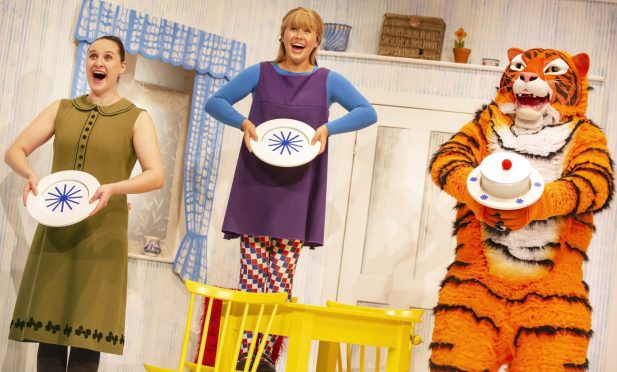
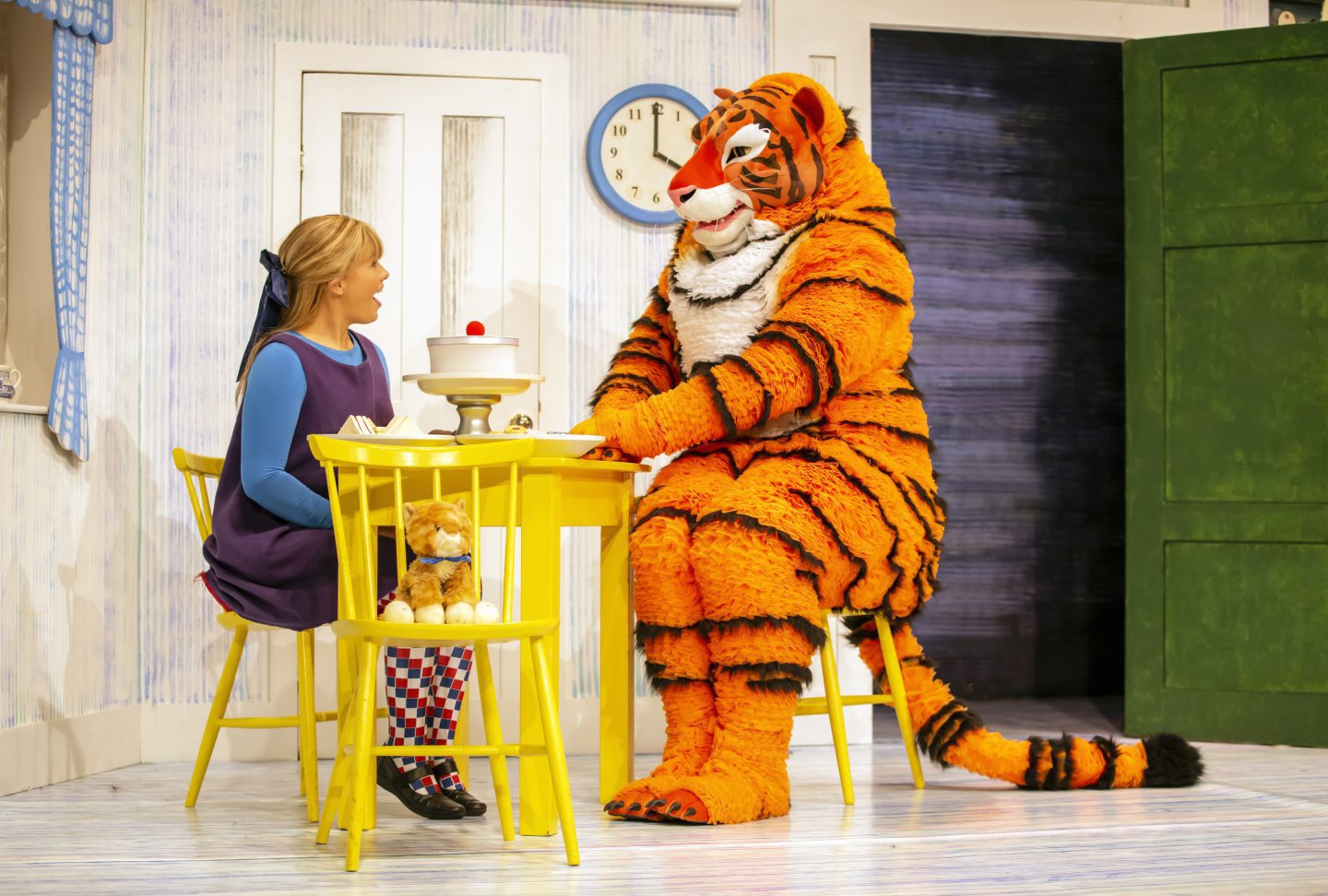
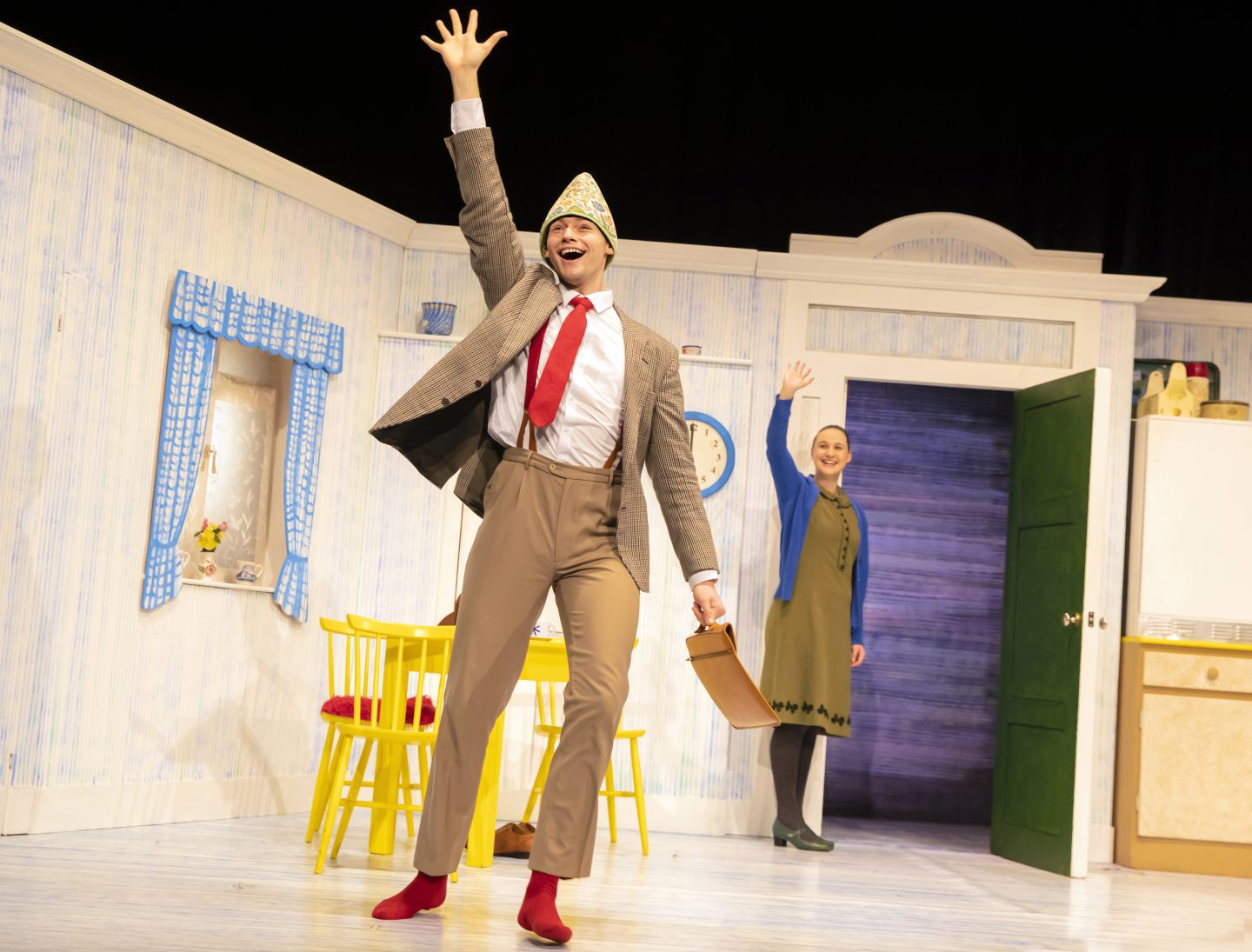
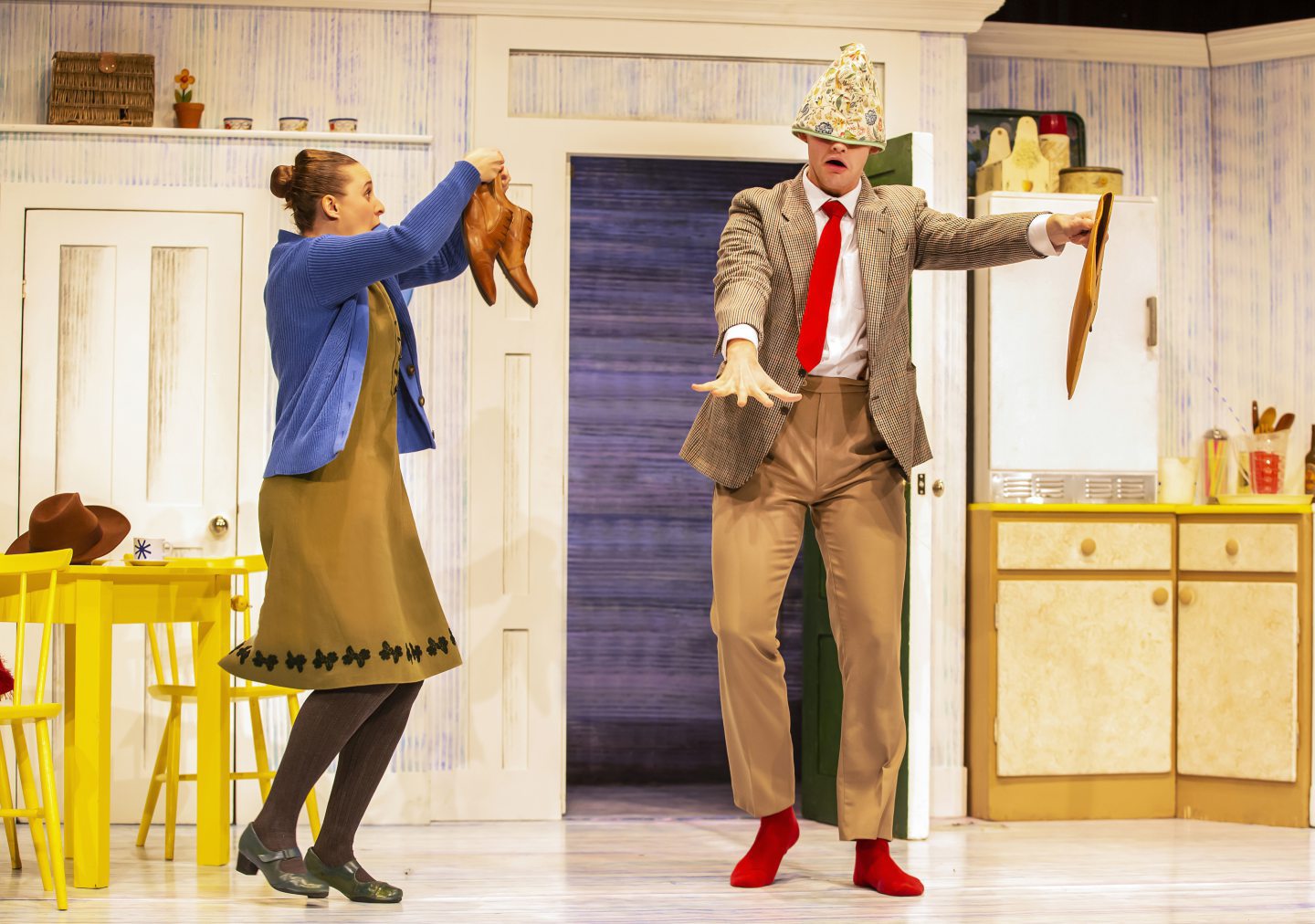
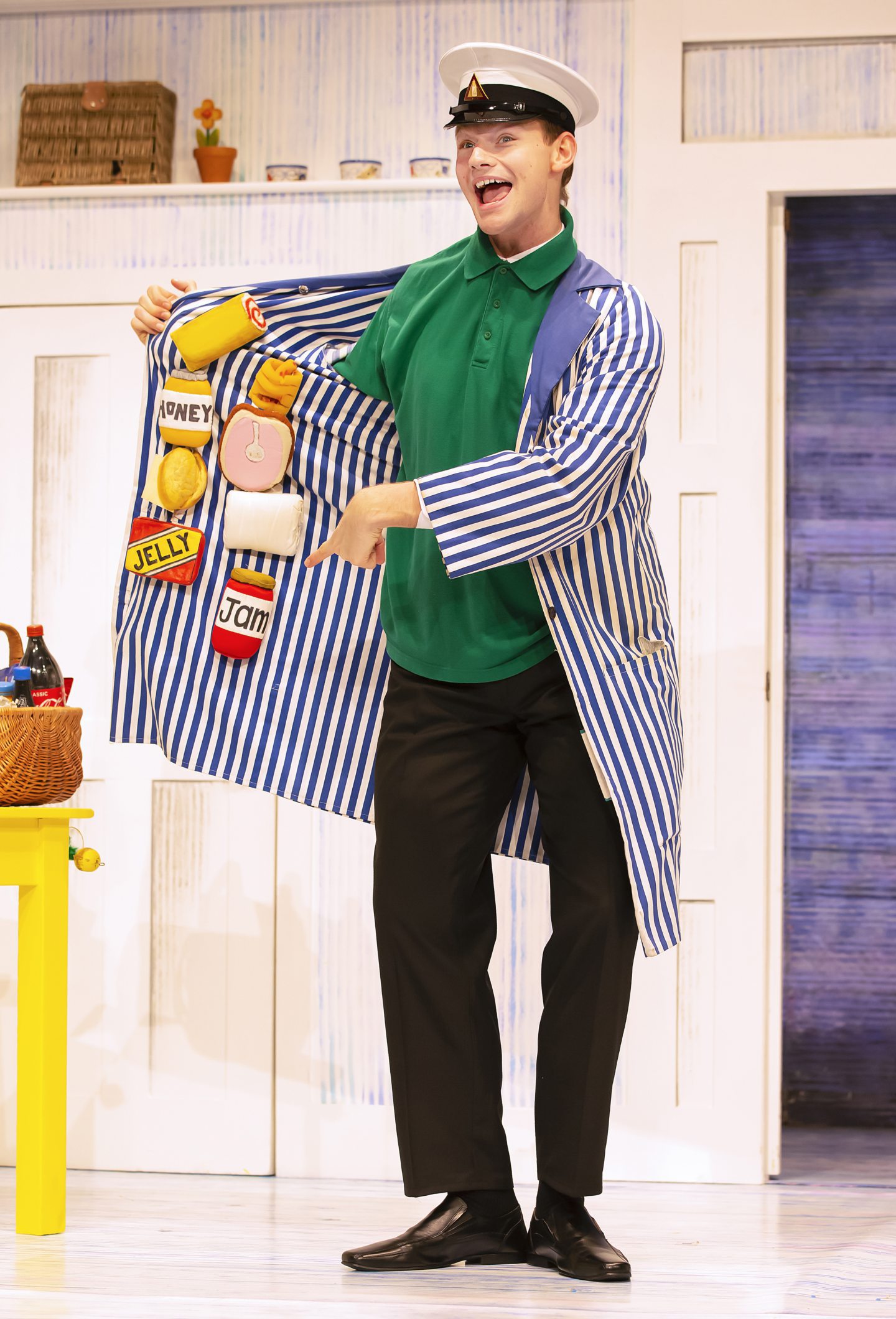
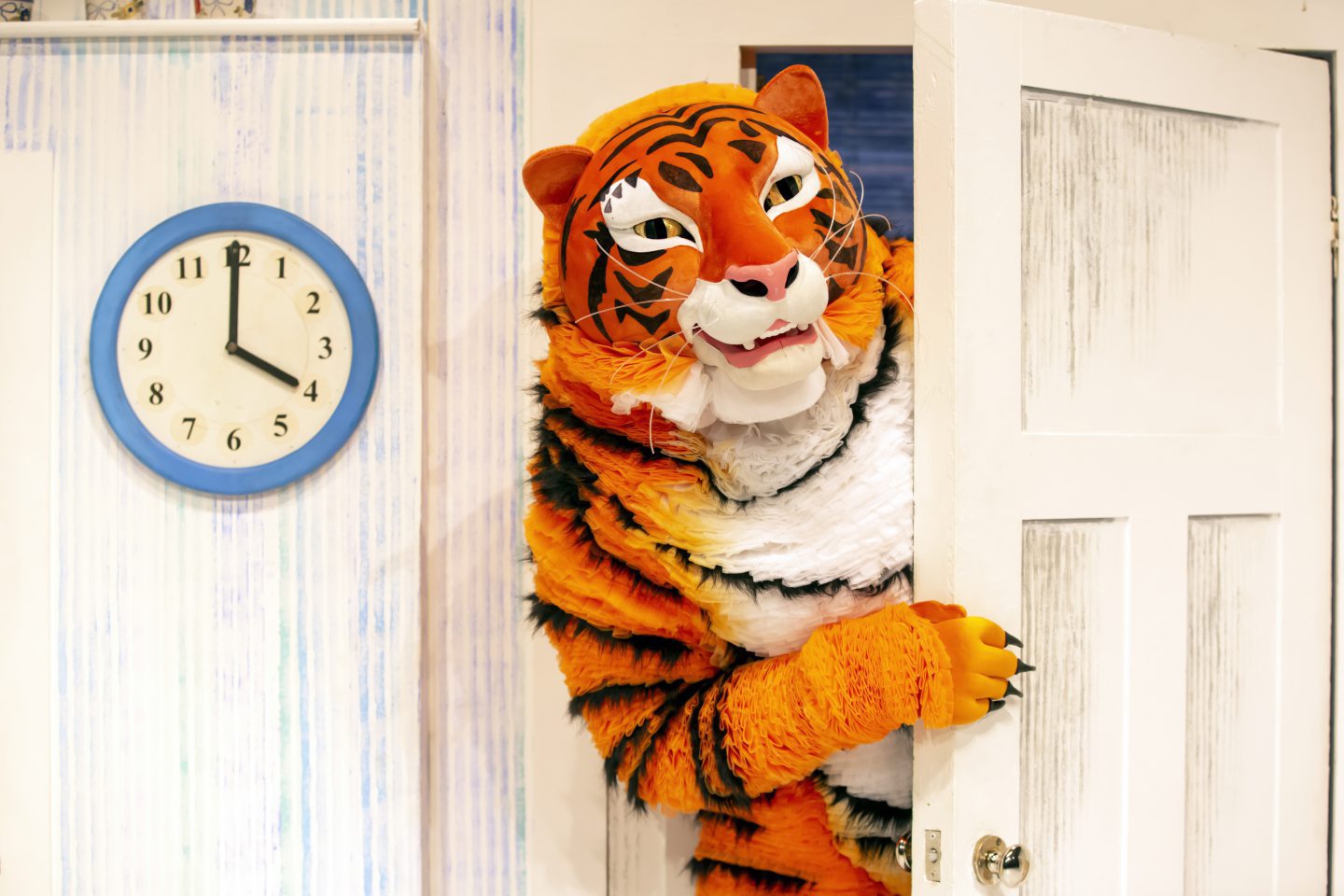
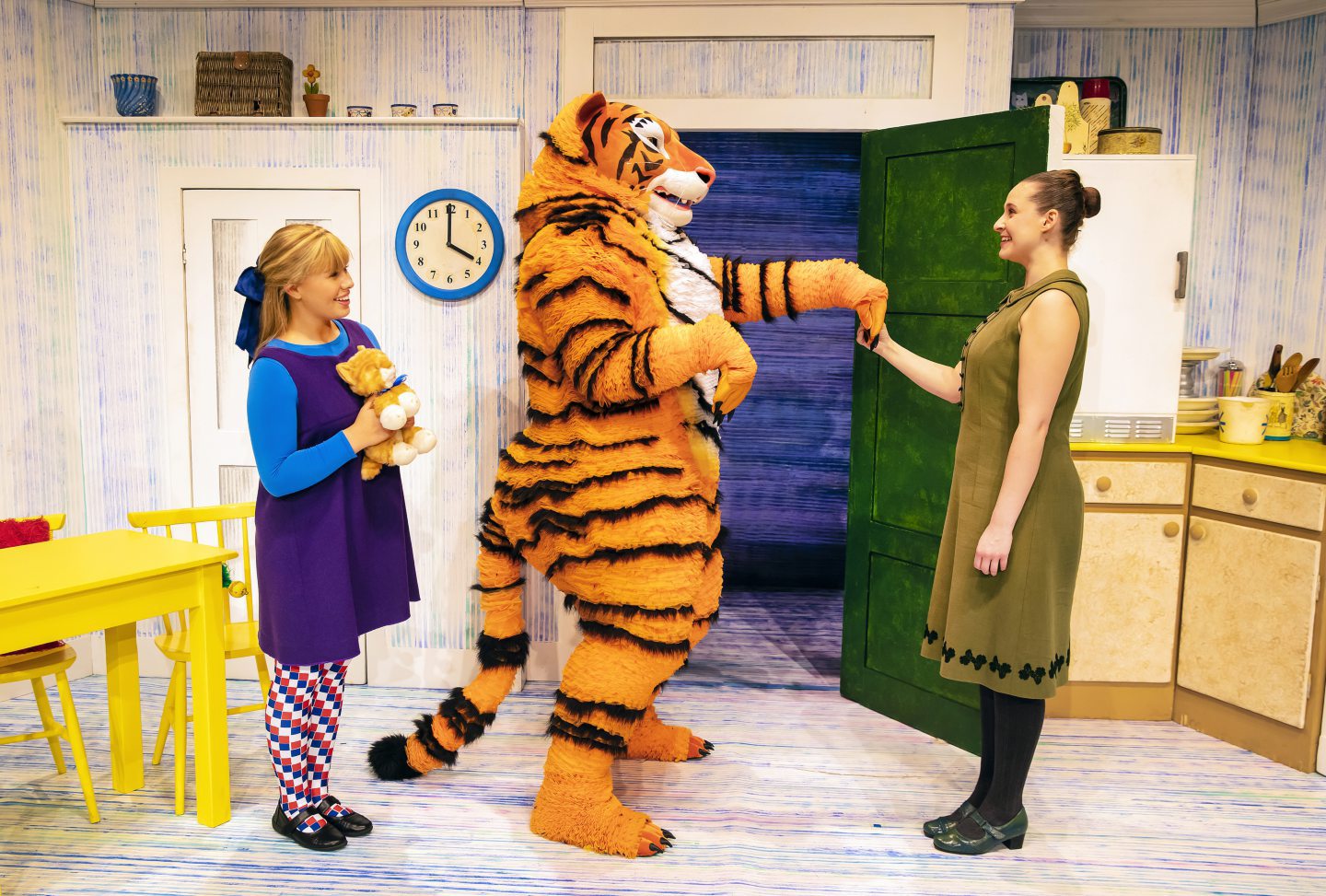
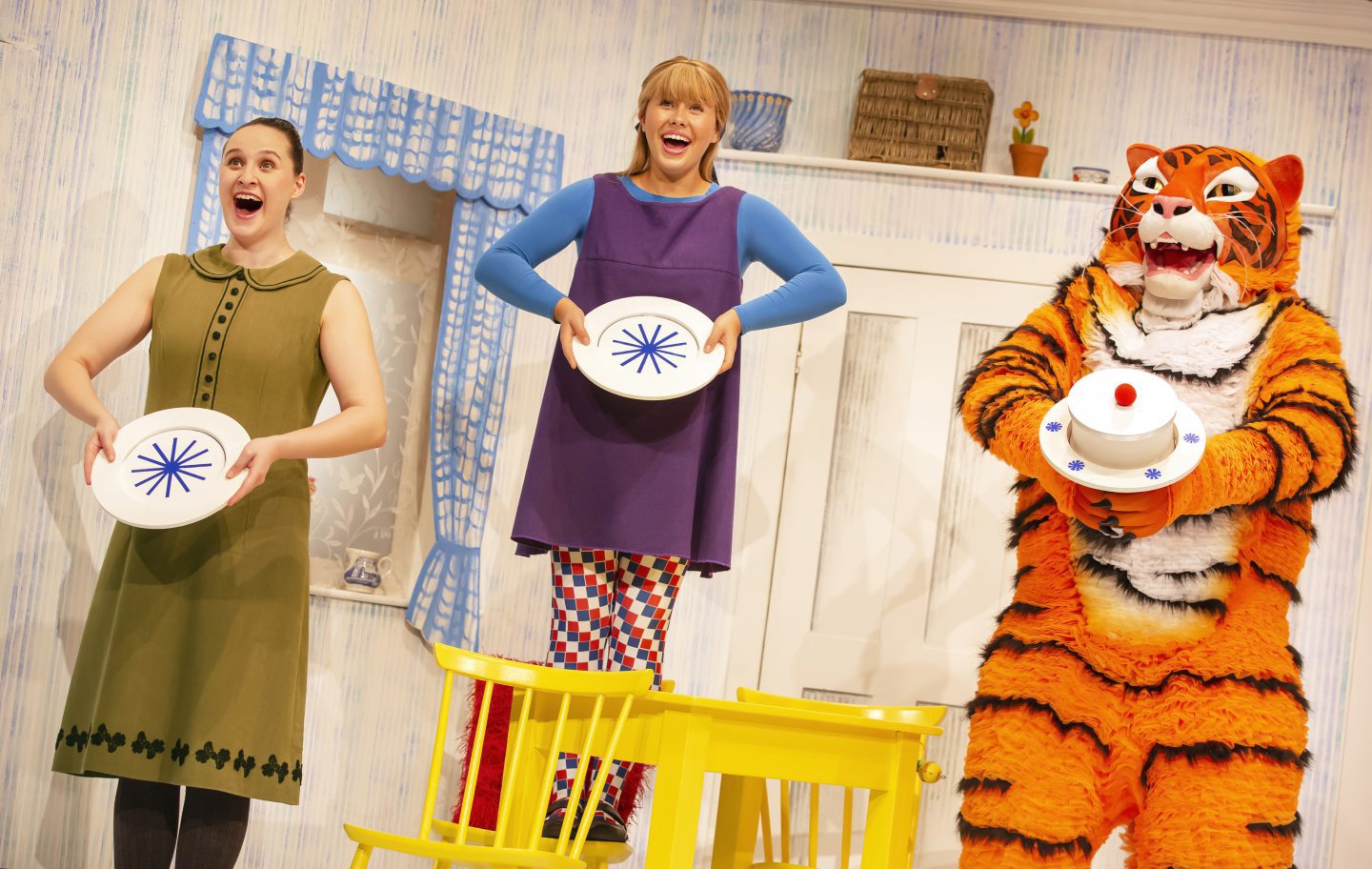
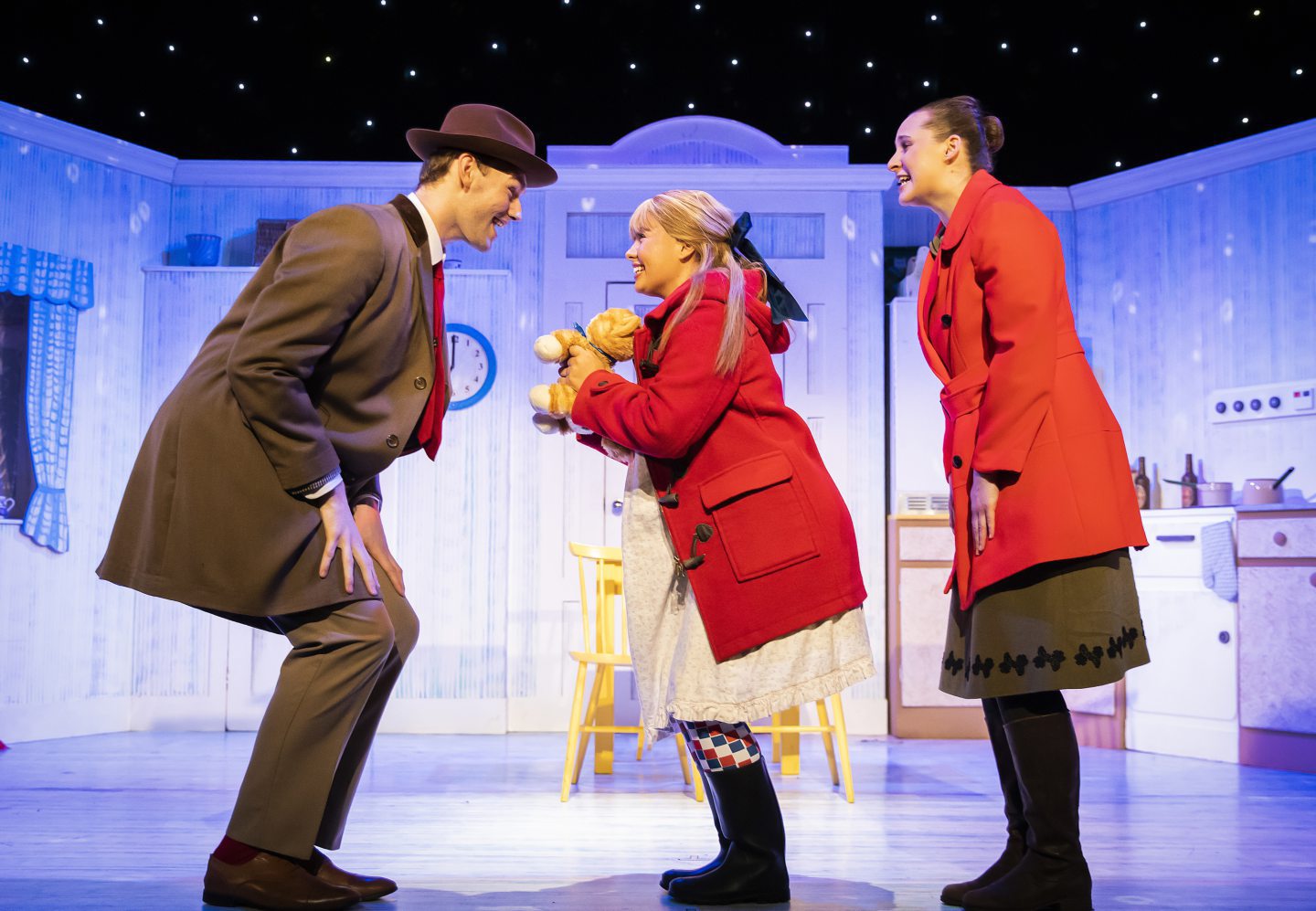
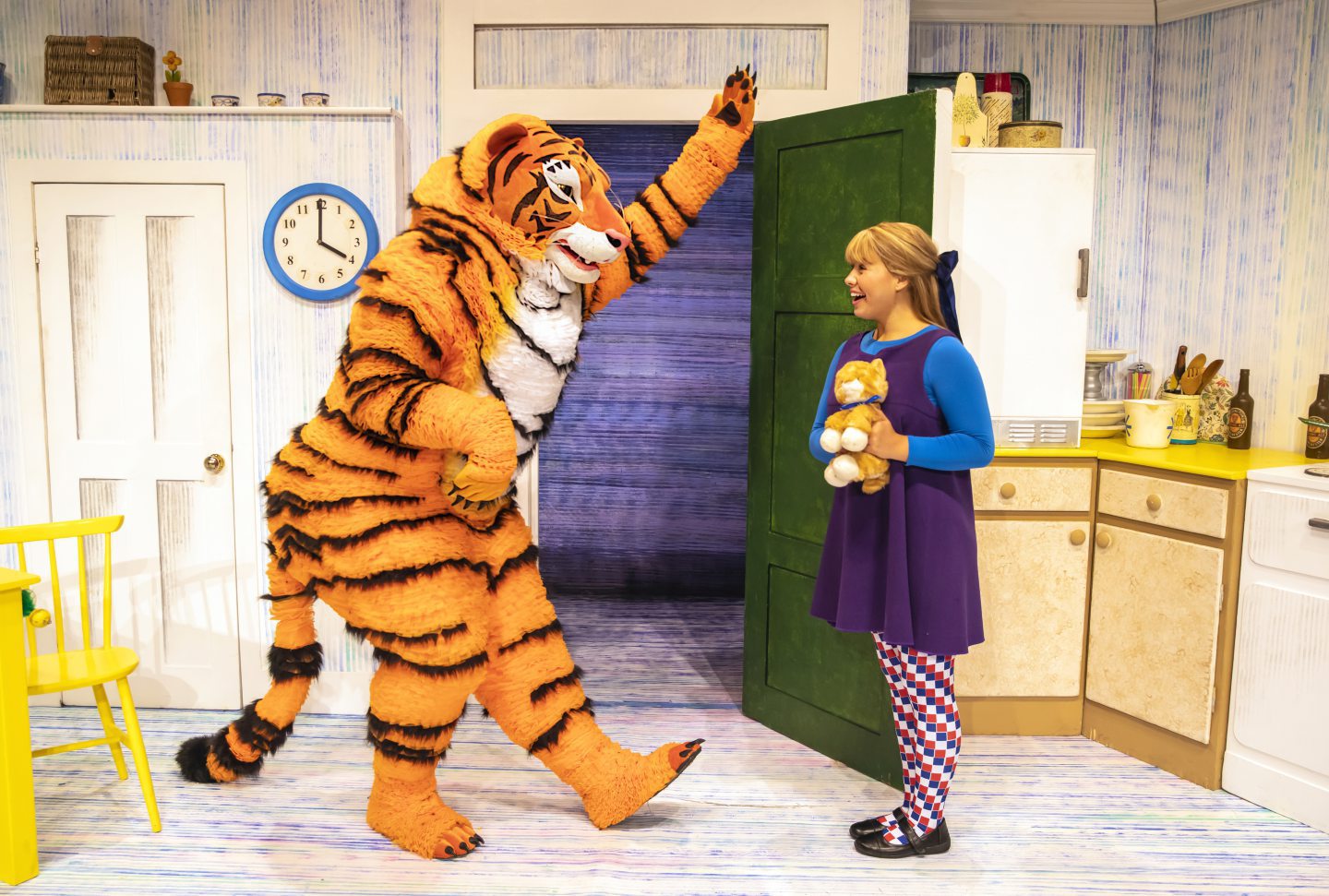
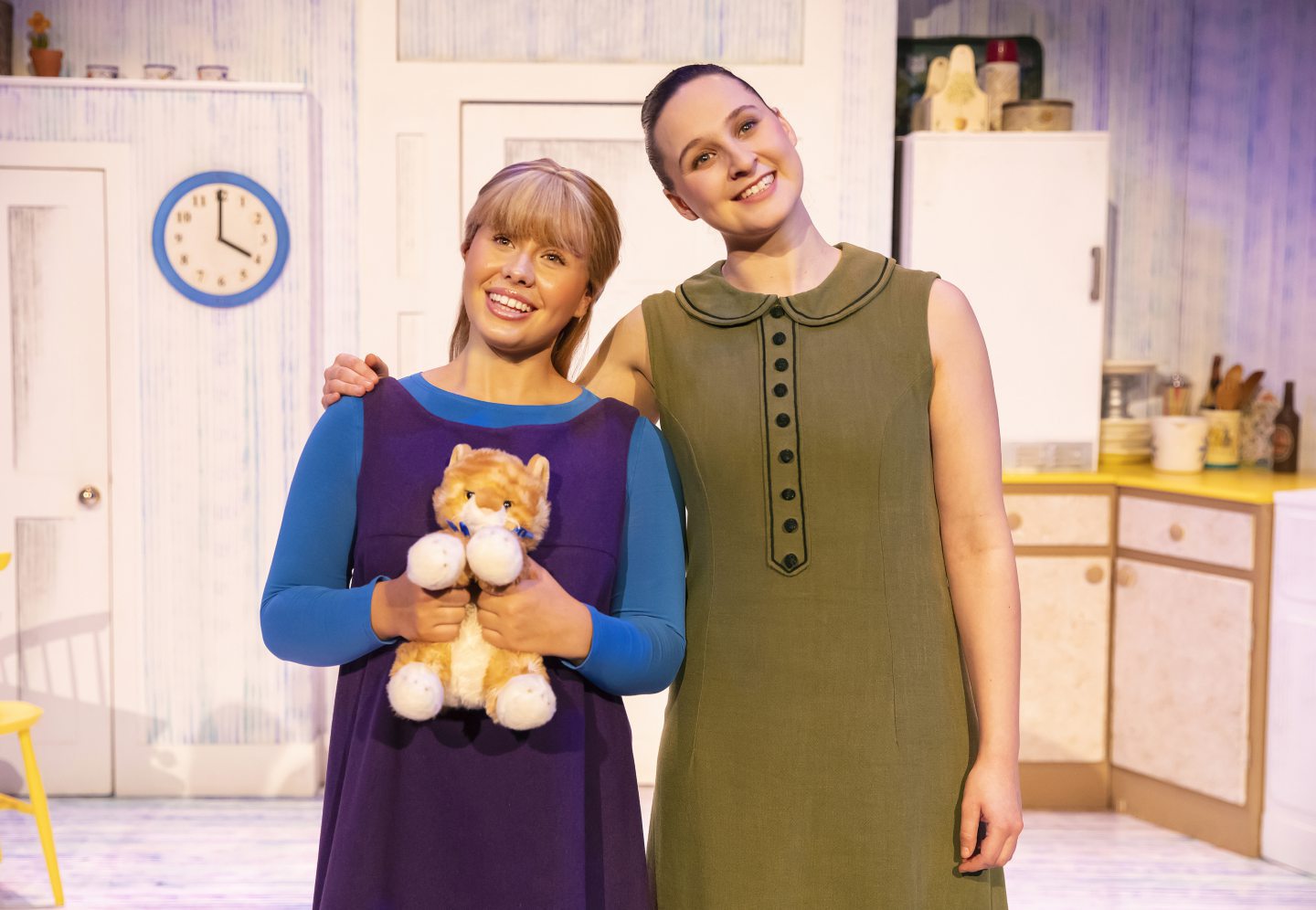
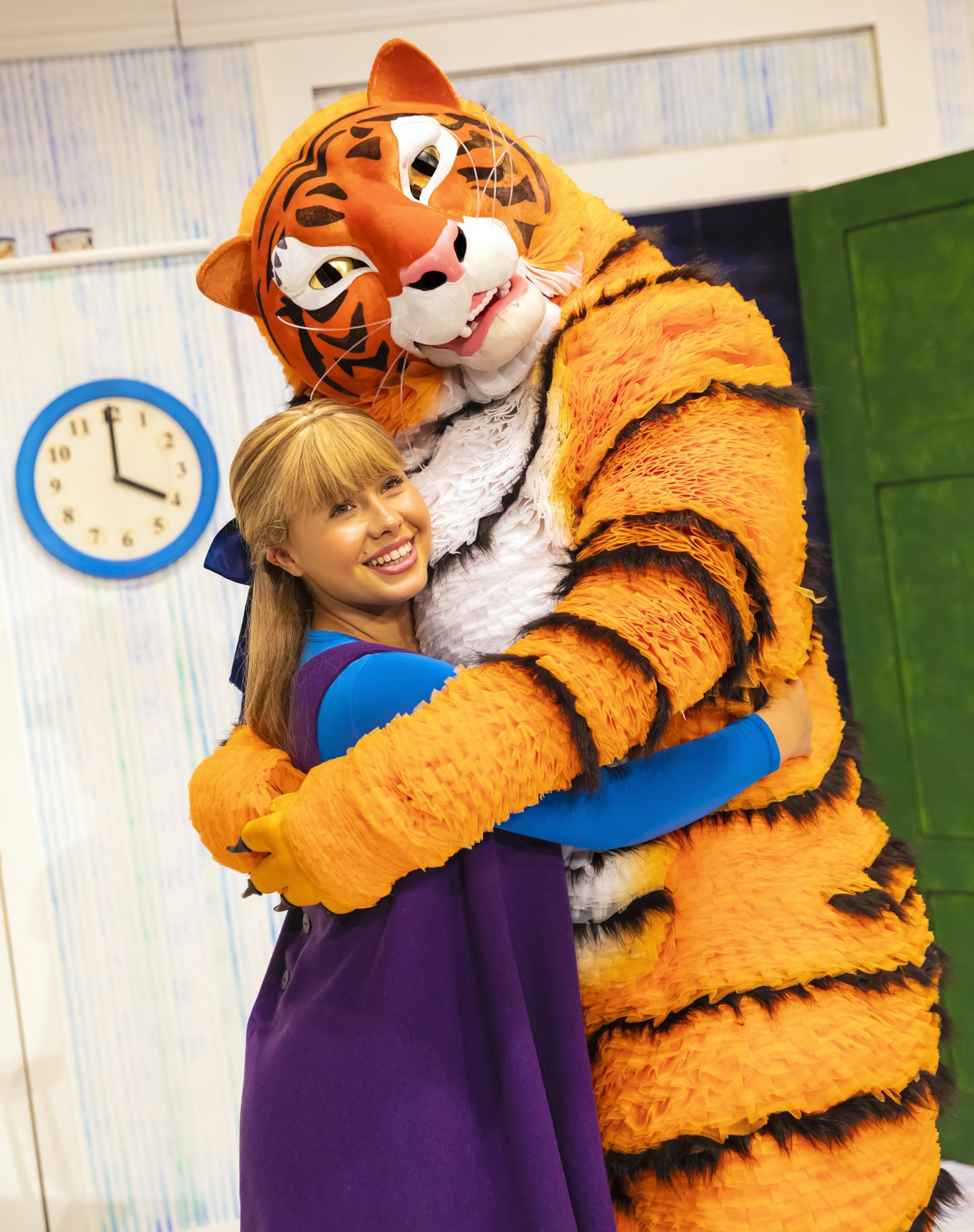
Conversation